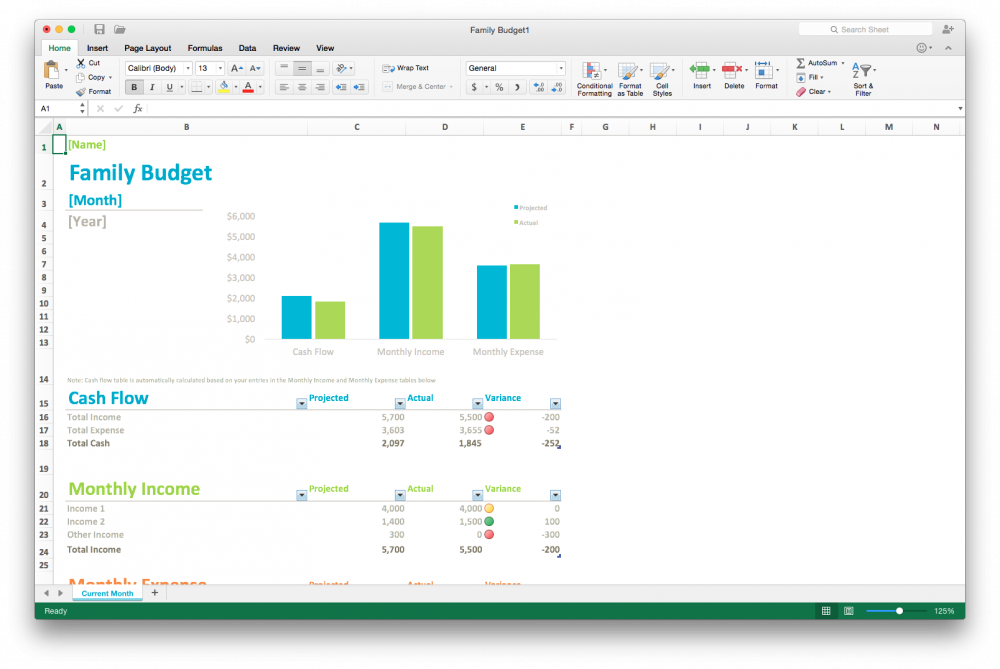

Lastly, select "Display R-squared value on chart". To add the R 2 value, select "More Trendline Options" from the "Trendline menu. In the dialog box, select "Trendline" and then "Linear Trendline". To add a regression line, choose "Add Chart Element" from the "Chart Design" menu. We can chart a regression in Excel by highlighting the data and charting it as a scatter plot.
The time period under study may not be representative of other time periods.  The data is a time series, so there could also be autocorrelation. There are only 20 observations, which may not be enough to make a good inference. Visa is a component of the S&P 500, so there could be a co-correlation between the variables here. With only one variable in the model, it is unclear whether V affects the S&P 500 prices, if the S&P 500 affects V prices, or if some unobserved third variable affects both prices. However, an analyst at this point may heed a bit of caution for the following reasons: From the R-squared, we can see that the V price alone can explain more than 62% of the observed fluctuations in the S&P 500 index. This indicates that this finding is highly statistically significant, so the odds that this result was caused by chance are exceedingly low. We can also see that the p-value is very small (0.000036), which also corresponds to a very large T-test. In the regression output above, we can see that for every 1-point change in Visa, there is a corresponding 1.36-point change in the S&P 500.
The data is a time series, so there could also be autocorrelation. There are only 20 observations, which may not be enough to make a good inference. Visa is a component of the S&P 500, so there could be a co-correlation between the variables here. With only one variable in the model, it is unclear whether V affects the S&P 500 prices, if the S&P 500 affects V prices, or if some unobserved third variable affects both prices. However, an analyst at this point may heed a bit of caution for the following reasons: From the R-squared, we can see that the V price alone can explain more than 62% of the observed fluctuations in the S&P 500 index. This indicates that this finding is highly statistically significant, so the odds that this result was caused by chance are exceedingly low. We can also see that the p-value is very small (0.000036), which also corresponds to a very large T-test. In the regression output above, we can see that for every 1-point change in Visa, there is a corresponding 1.36-point change in the S&P 500. 
The bottom line here is that changes in Visa stock seem to be highly correlated with the S&P 500.







 0 kommentar(er)
0 kommentar(er)
